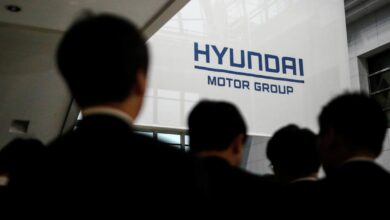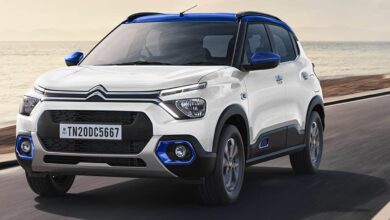Honda CR-V e:FCEV production begins in the US

In the first week of June, Honda built the first CR-V e:FCEV at the Performance Manufacturing Center (PMC) in Marysville (Ohio), US. PMC is the company’s limited-volume production facility for high-performance speciality vehicles, originally constructed to build the Acura NSX (Honda NSX) hybrid sports car.
The fuel cells of the CR-V e:FCEV come from Fuel Cell System Manufacturing, Honda and GM’s 50-50 joint venture production facility in Brownstown (Michigan), US. Vitesco Technologies makes the plug-in hybrid FCEV’s powertrain, internally called EMR3 (third-generation Electronics Motor Reducer). EMR3, co-developed by European, Chinese, and Japanese engineers, bundles the electric motor, power electronics, and reducer into a single component. The German supplier builds even its fuel cell stack bypass valve, used to regulate the airflow to and from the fuel cell stack.
Honda fits the CR-V e:FCEV’s fuel cell system, air pump, and powertrain under its hood. The traction battery pack lies under the floor, while two hydrogen tanks are located under the cargo area. When the driver presses the accelerator, hydrogen flows from the tanks to the fuel cell stack to generate power for running the electric powertrain.
The pair of hydrogen tanks have a combined fuel storage capacity of 4.3 kg, while the traction battery pack’s energy storage capacity is 17.7 kWh. The electric motor produces 130 kW and 229 lb.-ft. (310 Nm) of torque. According to EPA, the Honda CR-V e:FCEV offers a combined driving range of 270 miles (435 km) and an battery-electric driving range of 29 miles (47 km). Charging the battery pack takes two and a half hours while refuelling the hydrogen tank takes just three minutes.
The US availability of the hand-made Honda CR-V FCEV will be limited to the State of California, and customers will be able to only lease it, not make an outright purchase. In addition to the US, the plug-in hybrid hydrogen fuel cell electric vehicle will be available in Japan. Honda has confirmed its availability in 36 of the 47 prefectures in its home market.



